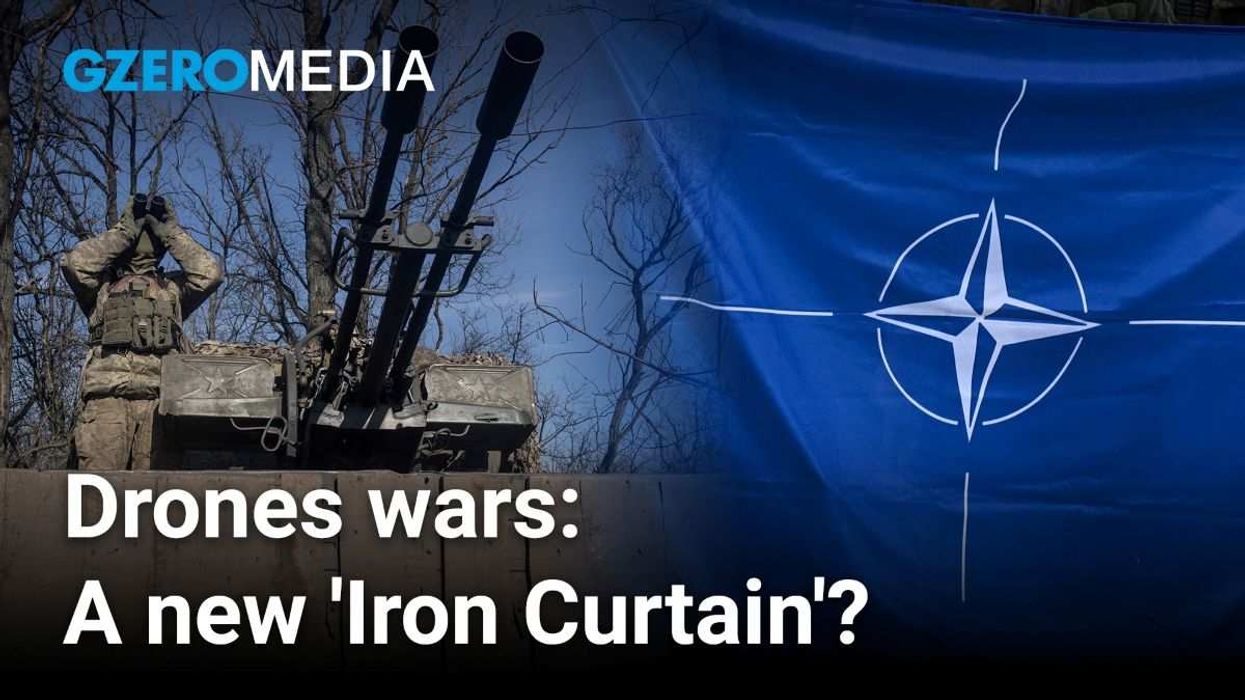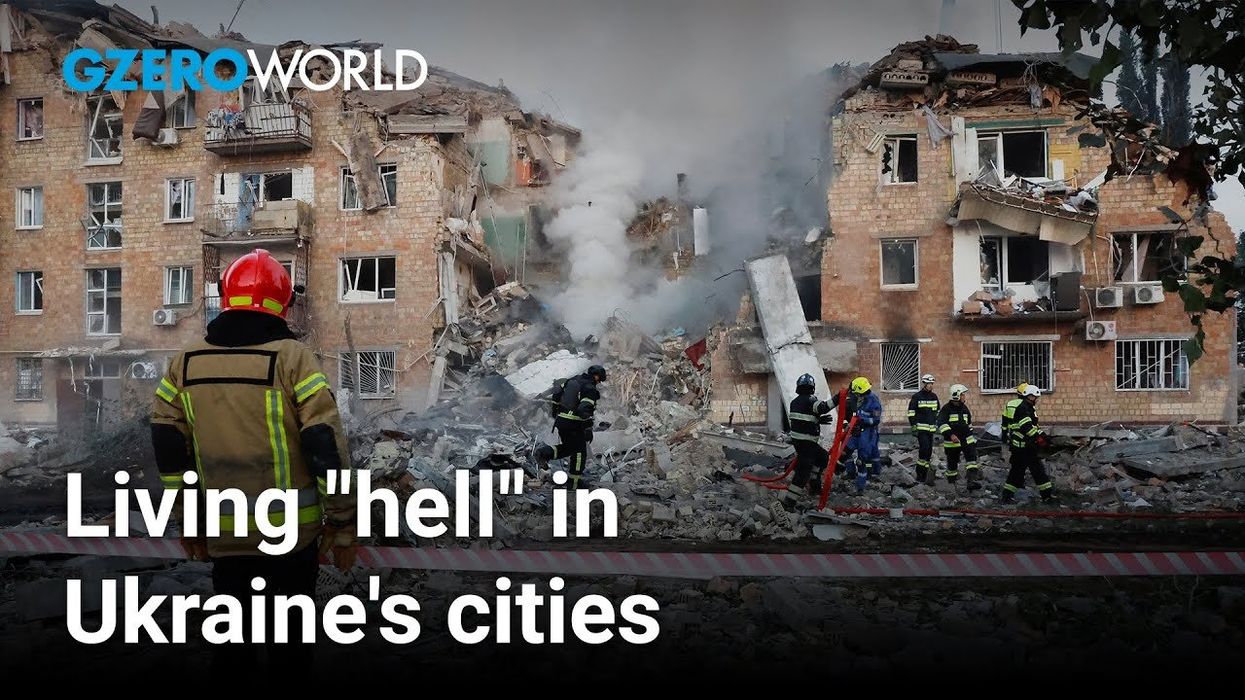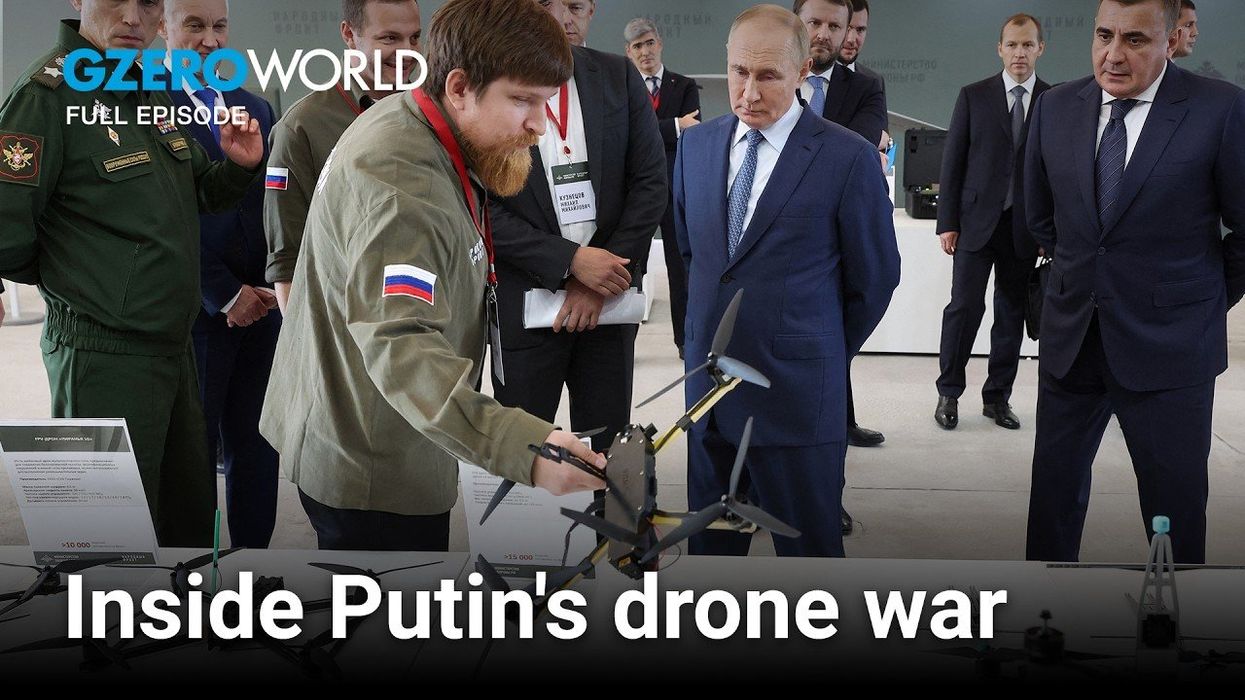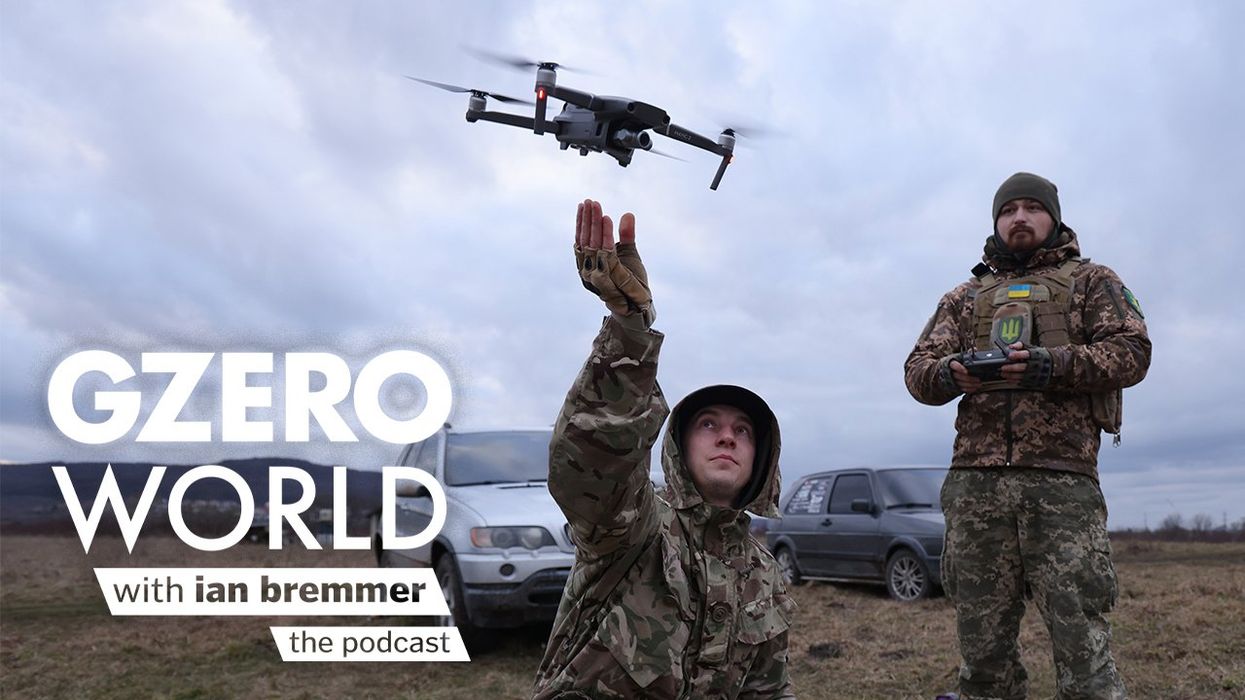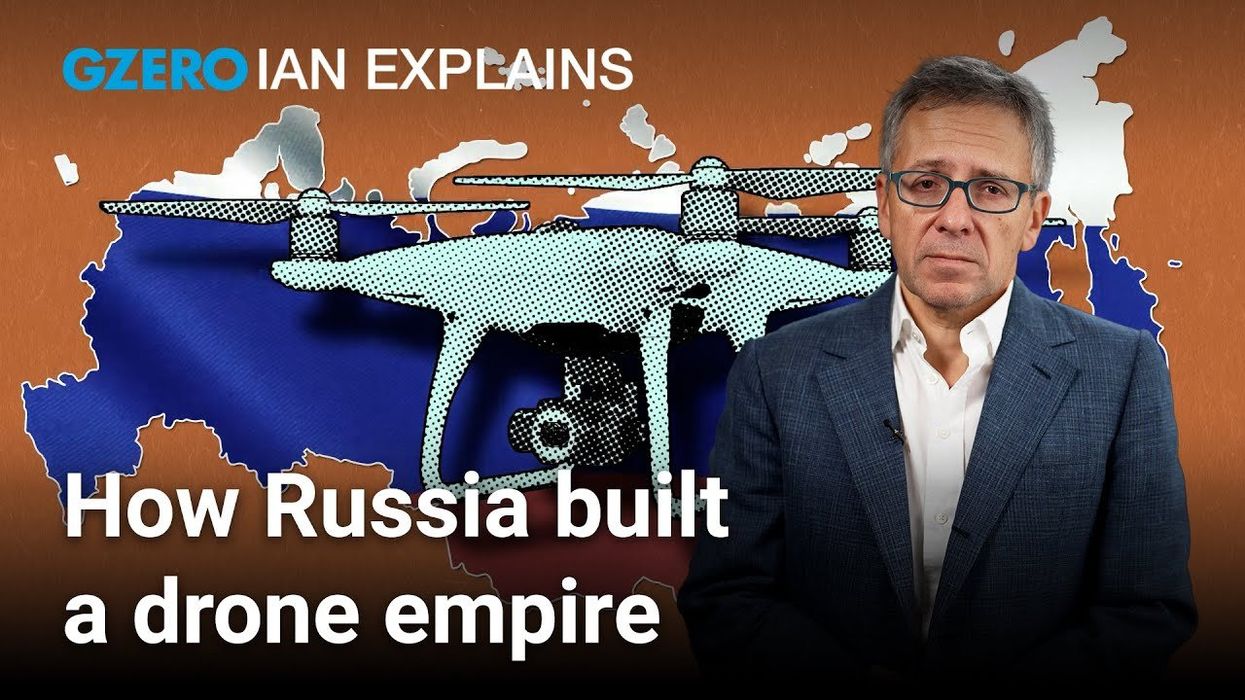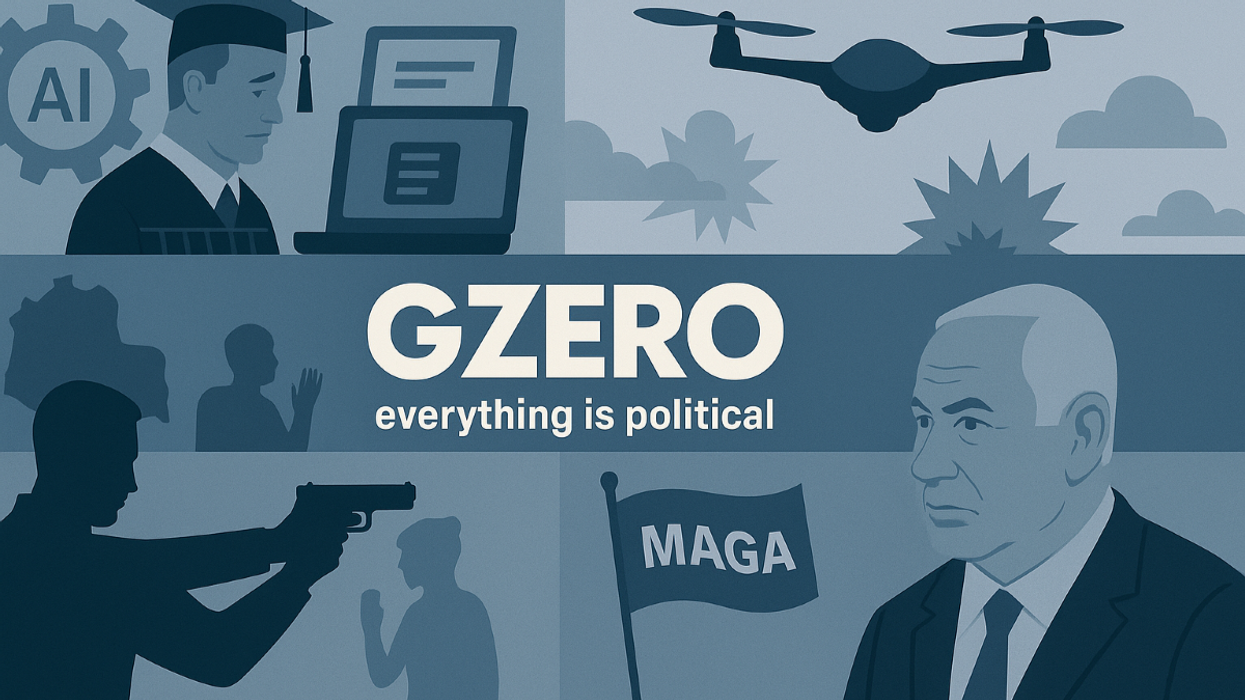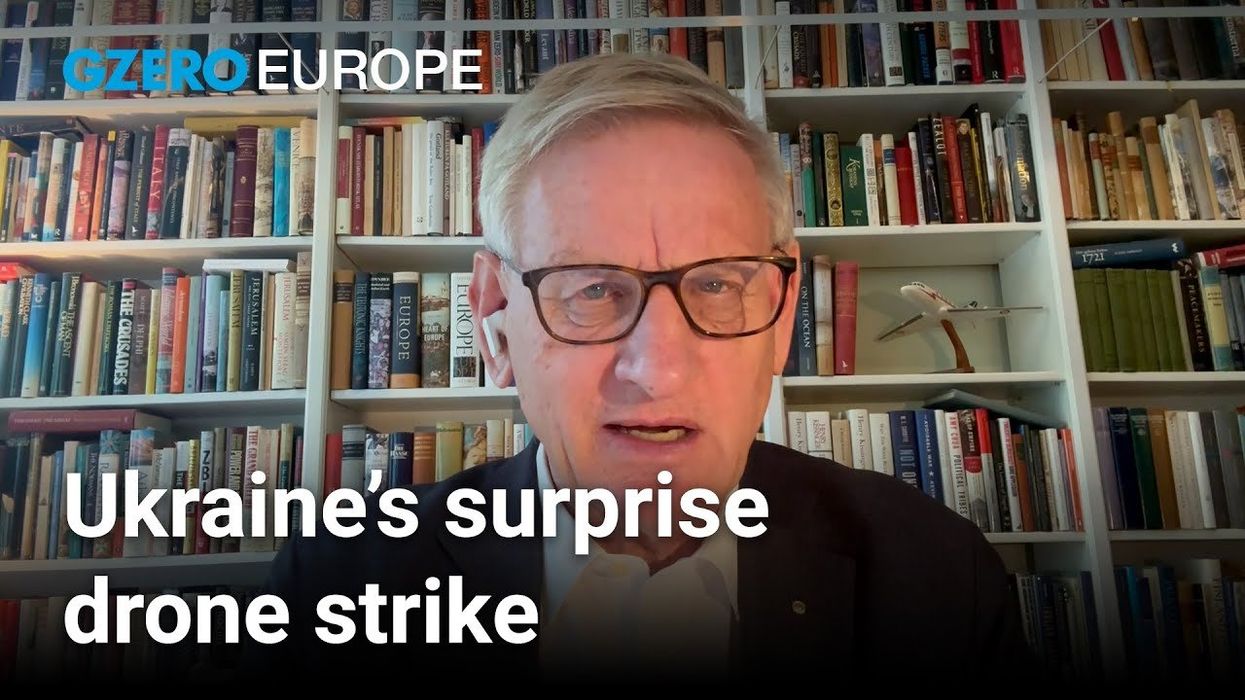Analysis
Drone wall plan tests Europe’s cohesion
After a spate of Russian drones appeared in European airspace, the European Commission is exploring a so-called “drone wall,” an air defense system that aims to detect and destroy drones that pass through Europe’s eastern borders.
Oct 01, 2025
